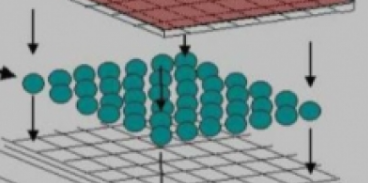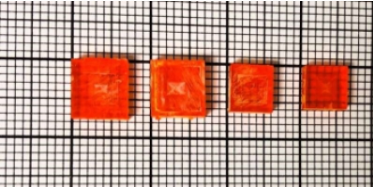
- Home
- >
- News
- >
- X-ray detector
- >
X-ray detector
2024-01-20 00:00X-ray detector is a device used to detect X-rays, which has a wide range of applications in medicine, science and industry. Let's take a look at how X-ray detectors work.

The basic principle of X-ray detector is to use the ionization of time lines. When X-rays pass through the detector material, they interact with the atoms in the material, causing electrons to detach from the atoms. These electrons interact with the electrodes in the detector, creating an electrical charge and an electrical signal. An X-ray detector can amplify, digitize, and process this electrical signal to form an X-ray image. There are many types of X-ray detectors, including the more common scintillation detector, gas detector and semiconductor detector.

Scintillation detectors use the luminous properties of certain materials to detect X-rays. Scintillation detectors have the advantage of detecting very weak X-ray signals, and the disadvantage is low sensitivity.
Gas detectors use the ionization of gas to detect X-rays. Gas detectors can detect very high energy X-ray signals, but the disadvantage is that the signal-to-noise ratio is low.
Semiconductor detectors use the properties of semiconductor materials to detect X-rays. Semiconductor detectors can detect very weak X-ray signals, while the signal-to-noise ratio is relatively high, so it is widely used in medical imaging and other fields.

